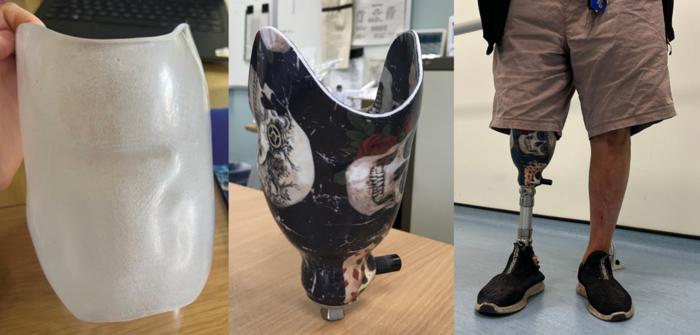A newly developed ‘deep learning’ model from researchers at Cambridge University’s Department of Architecture exhibits a 90% precision in identifying ‘hard to decarbonize’ houses, and the inclusion of additional data is expected to further enhance its accuracy. This model has been trained using open-source data, encompassing information from energy performance certificates, as well as street and aerial view images, making it applicable worldwide. Furthermore, it can pinpoint specific areas of houses that are losing the most heat, such as roofs and windows.
‘Hard-to-decarbonize’ (HtD) homes are a substantial contributor to more than a quarter of direct housing emissions, a significant hurdle in achieving net-zero emissions. Regrettably, these properties are often neither recognized nor targeted for improvement.
This innovative AI model holds the potential to simplify, expedite, and reduce the cost of identifying such critical problem properties and devising strategies to bolster their environmental credentials. There are numerous factors that render houses ‘hard to decarbonize,’ including their age, structure, location, socioeconomic constraints, and data availability. Policymakers have historically concentrated on generic building types or particular challenging decarbonization technologies. However, the research, featured in the Sustainable Cities and Society journal, can instigate a shift in this approach.
Urban researcher and data scientist Maoran Sun and his PhD supervisor Dr. Ronita Bardhan, who leads Cambridge’s Sustainable Design Group, have demonstrated that their AI model can classify HtD houses with an accuracy of 90%, with ongoing work anticipated to further improve this accuracy.
Dr. Bardhan noted, “This marks the first instance in which AI has been employed to recognize hard-to-decarbonize buildings using open-source data to achieve this outcome. Policymakers need to ascertain the number of houses requiring decarbonization, but they often lack the resources to conduct detailed audits on every property. Our model can guide them towards high-priority houses, conserving valuable time and resources.”
Moreover, the model aids authorities in comprehending the geographical dispersion of HtD houses, enabling them to efficiently target and implement interventions.
- EUREKALERT







